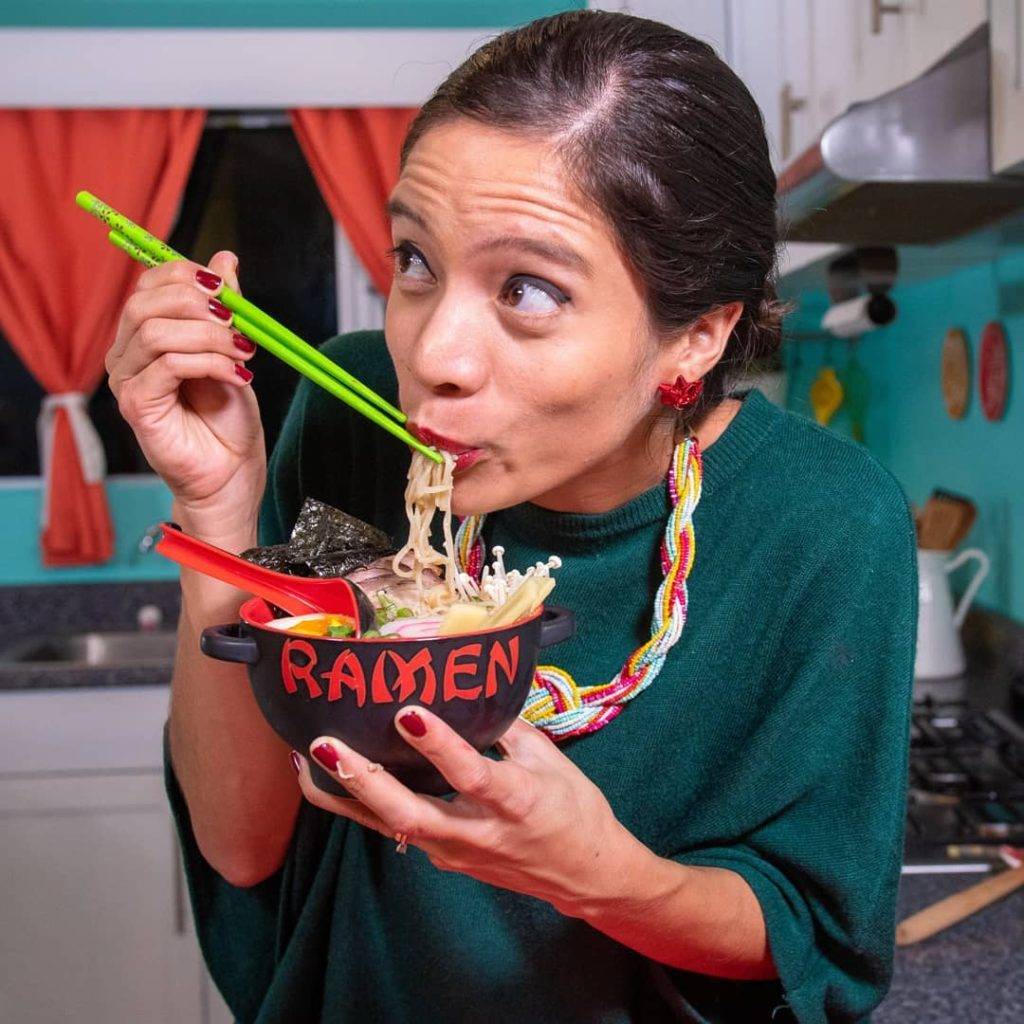
To ease the cooking process of homemade tonkotsu ramen, I organized the recipe in five big steps. Each step produces a key component of the tonkotsu ramen recipe, and you can take most steps while making the broth, which is the most time consuming of all.
Ramen is one of those Japanese dishes that movies and animated series have made famous worldwide. It’s hard not to think about ramen when you think about Japan.
So what is it, exactly?
Ramen is very complex and elaborated Japanese noodle soup. It combines intense and delicate flavours, along with a thick, almost creamy texture.
Tonkotsu ramen refers to a type of ramen. The difference between ramen types is basically in the broth, which in tonkotsu ramen’s case means that the base of the broth comes from pork bones. Pig trotters are the key ingredient here, although pork belly and chicken wings provide essential features to the taste and texture of the broth.
Tonkotsu ramen’s key components

The key components of tonkotsu ramen are:
- Tonkotsu broth: it takes 12 hours to get a rich and thick broth. The main ingredients here are pork trotters and chicken wings. Both provide fat, flavor, and bone marrow, which provide a more delicious texture. This broth is tremendously nutritious too.
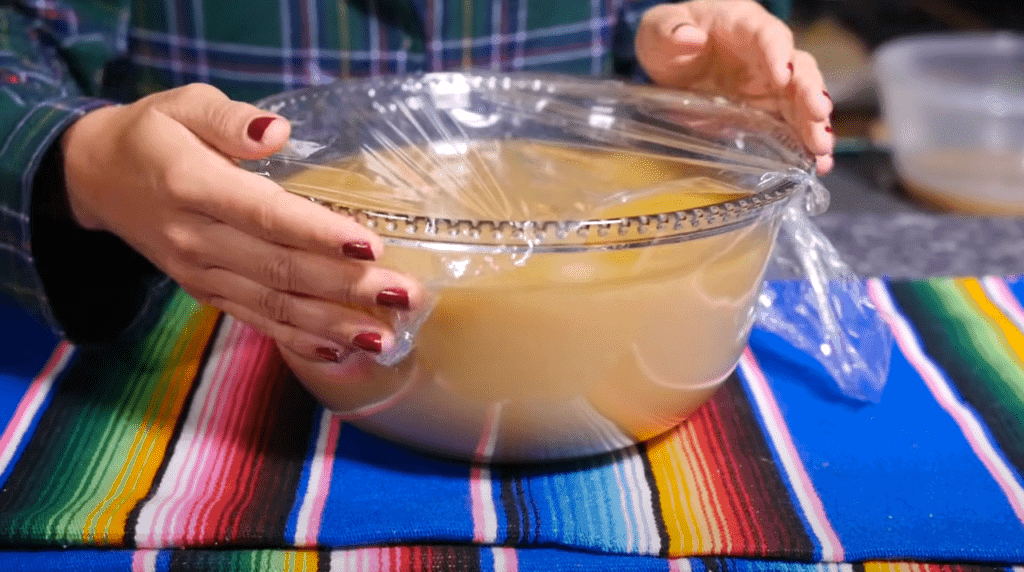
- Chasu: pork belly acquires a delicious taste from soy sauce, mirin, and cooking sake, along with authentic Japanese spices and ingredients like chives, red onion, ginger, and garlic cloves. To obtain the proper presentation, the pork belly is rolled up and tied with cooking string.
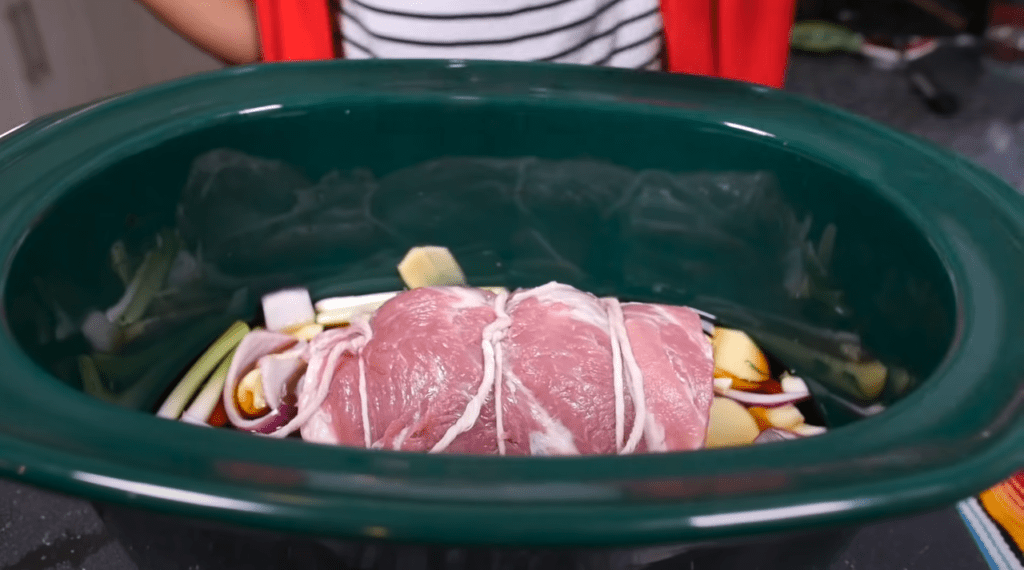
- Tare: a concentrated and flavorful fish sauce. In this recipe, I explain how to make it using with an infusion of Bonito flakes and kombu leaves, fried anchovies, and the powerful and ever present soy sauce, mirin, and cooking sake.
- Marinated ramen eggs: boiled eggs won’t look the same again after you try these. After you boil eggs for 6 minutes and a half, you marinate them in a special preparation for a minimum of 6 hours up to a maximum of 24 hours. They acquire an intense taste and look beautiful.
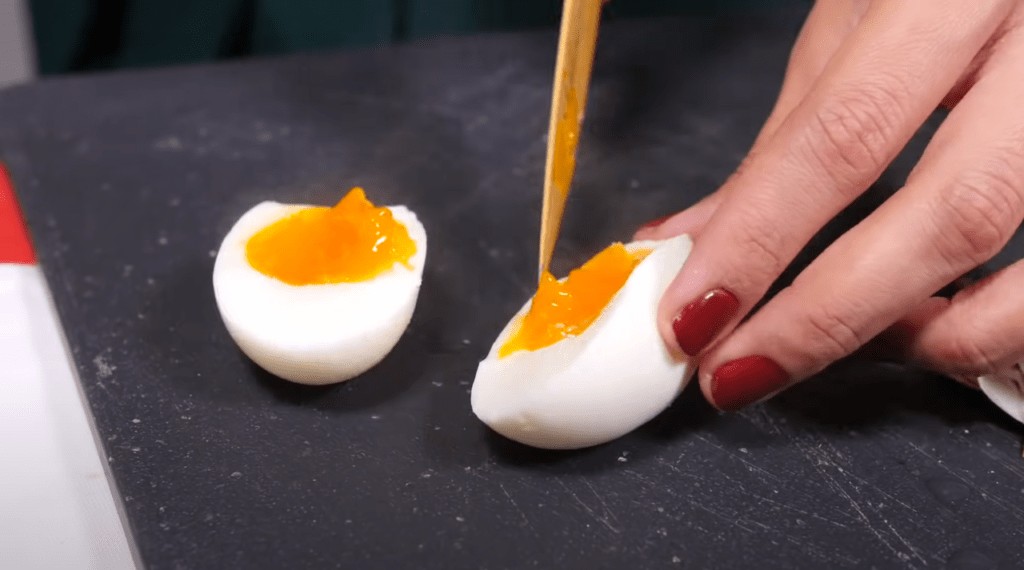
- Noodles: sure, it’s easier to get them at the shop. But homemade noodles are so satisfying! It isn’t complicated to make ramen noodles, although changing baking soda pH might sound odd. In this recipe you’ll learn how to make them, and they’re good for any ramen recipe, not only tonkotsu ramen.
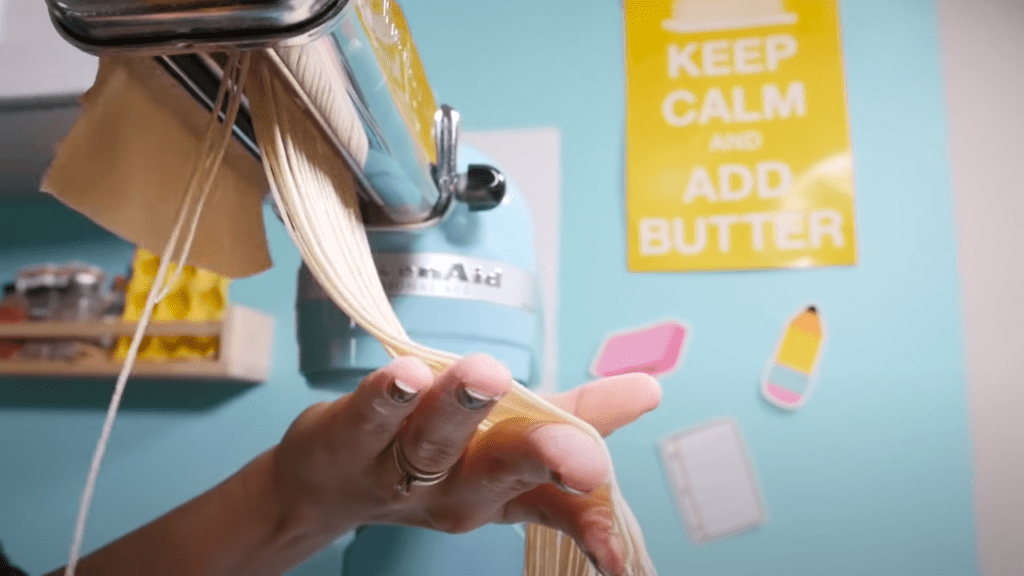
What you need to make ramen
Find below the recipe with all the ingredients and a step-by-step guide to cook your tonkotsu ramen at home.
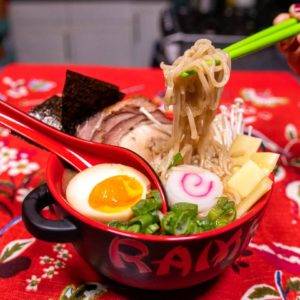
Tonkotsu Ramen
Ingredients
Tonkotsu ramen broth
- 5 lb pig trotters, without nails and well cleaned
- 2 lb chicken wings
- 3 chives
- 1 leek
- ½ lb pork belly
- 1 whole onion, quartered
- 1 whole garlic head
- 4 kombu leaves left in 2 liters of water for at least 12 hours (better overnight)
Chasu
- 3 lb pork belly, try to get a long and wide cut
- ½ cup soy sauce
- ½ cup sake for cooking
- ½ cup mirin (Japanese rice wine)
- 5 chives, quartered
- ¼ red onion, cut into long pieces
- 1 piece of ginger about half of your hand, peeled and cut into large pieces
- 6 garlic cloves, peeled and halved
Dashi
- 1 cup kombu leaves infused water
- 1 cup fish flakes (bonito)
- ½ cup anchovies, fried
Tare
- 1 cup dashi
- 1 cup soy sauce
- ½ cup mirin
- ½ cup sake for cooking
- 2 tbsp brown sugar
- 1 leek , cut into large pieces
- 1 piece of ginger about half of your hand, peeled and cut into large pieces
- 8 garlic cloves, peeled
Marinated ramen eggs
- 4 eggs at room temperature
- ⅓ cup soy sauce
- 1 tbsp sesame oil
- ½ cup water
- ⅓ cup mirin
Ramen noodles
- 2 tsps pH altered baking soda diluted in ½ cup of water (¼ cup of baking soda baked at 248 ºF for 1 hour)
- 2 cups flour
- A little flour for bread
Additional toppings
- Enoki mushrooms
- Bamboo shoots or menma (you can find them in Asian stores)
- 1 cylinder of naruto or kamaboko (fish cake)
- Sliced chives Nori leaves (seaweed)
Instructions
- A day before making Ramen, it's a good idea to put kombu to soak in water.
Tonkotsu broth
- Tonkotsu broth begins with pork trotters, which don't look too good but have the right balance of meat, fat, and bone for a thick and tasty broth. Trotters don't make work their magic alone, though; chicken wings add a delicious flavor too.First, clean the bones to get a clear and delicious Tonkotsu broth. Get both the pork trotters and the chicken wings into a big pot, and pour water into it up until 2 inches above them. Now, let boil on high heat.Meanwhile, heat some vegetable oil. At the same time, cut leek into middle slices, one onion into eighths, slice some fresh ginger, and the whitest part of several chives into small pieces. Save the green details for later.
- Take everything to a frying pan with a good bunch of whole garlic cloves. Let all the ingredients brown, stirring them from time to time.
- As bones cook, you'll see some white-grayish thing coming to the surface. Take it off using a mesh strainer.
- When bones have boiled for 15 to 20 minutes, drain everything into the kitchen sink, and clean every small bone in cold water. You can do it by using a brush and a small stick. In doing this, you'll remove the dark parts and the medulla to prevent the broth from looking dirty.
- Once cleaned, take all the bones into the pot again, and cover them with kombu water. Take out the kombu leaves and use only the water to protect the ingredients. Now, add sautéed components, stir a little, and put to a boil on high heat. When it reaches the boiling point, lower the heat to keep it boiling for 12 hours.
- While the broth cooks, you may see more nasty stuff appearing over the surface. Just take it off using a spoon.
- After one hour and a half, take the chicken wings out because their tiny bones won't stand long, and they already played their role of providing flavor.
- Then, you can check the pot every hour, or hour and a half, stirring a little, making sure that nothing sticks, and also adding water if you notice the pot's running out of it.
- After 12 hours, take out all solids with a strainer, and keep only the broth. Let it cool, and you'll notice a layer of fat. Take it out with a spoon, and you'll have Tonkotsu Ramen broth to keep or to freeze for a while.
Chasu
- While the broth is cooking, you can cook chasu.
- Start cutting chives in quarters and take them into a Dutch oven. Add garlic, red onion, ginger, soy sauce, sake for cooking, and mirin.
- To prepare chasu, take out most of the fat from the pork belly so that you can wrap it into a compact roll. Pass it below and make a firm knot in both ends and the middle using a cooking string.
- Place the pork in the middle of the Dutch oven and cover. Then, bake it at 300 °F for 3 to 4 hours. You'll know the pork belly is ready when you poke a fork into it with ease.
- Take chasu out of the oven and let it cool at room temperature. Then, save in the fridge, well covered until use.
Ramen eggs
- Another step you can take the same day, or the day before, is cooking the typical Ramen eggs.
- Let eggs at room temperature for at least 30 minutes. Then, put them into boiling water and let cook for 6 minutes and a half.
- Meanwhile, prepare the marinade to color the eggs. Add mirin, soy sauce, sesame oil, and cooking sake into a bowl.
- As soon as the eggs are over, transfer them to a bowl with iced water to stop the cooking process.
- When eggs are lukewarm, peel them and make sure they're ok. Now, marinate the eggs. Take the unsplit eggs into a resealable bag, soak them in the marinade, and close it well. Then, stick into the fridge for at least 6 hours up to 24 hours.
Tare
- Set water to boil, add some kombu slices to infuse the water a bit, and then remove them. Add Bonito flakes, let them cook, and infuse into the water. Then strain it into a bowl.
- Meanwhile, fry dried anchovies in oil and add the nicely flavored kombu liquid. Strain this concentrated and aromatic liquid, add mirin and cooking sake.
- Mix both and stir while cooking so that the alcohol evaporates. And soon after adding brown sugar and dissolve it. Then, incorporate soy sauce, the Bonito infused water, slices of leek, garlic, and ginger.
- Cook everything together and strain it. As a result, you have your tare done!
Ramen noodles
- Make alkaline water by preparing baking soda in the oven at 250 °F. Taking this step changes baking soda pH. Avoid touching baking soda after this process because it becomes abrasive.
- Dilute two teaspoonfuls in water. Then, mix flour slowly with alkaline water, and work it out until getting a uniform dough. Now, let it rest in a bowl with a bit of bread flour over, covered with plastic wrap for 30 minutes at room temperature.
- Continue kneading and stretching the dough using a rolling pin. Then, wrap the dough like a letter, flatten it, and repeat the process.
- Cover the dough again with plastic wrap to let the gluten relax for 30 minutes more.
- You can use a pasta maker or a rolling pin to create the pasta sheets. In any case, fold the dough and stretch it several times, going from thick to thin, one step at a time.
- Once you get the desired thickness, cut the noodles, pass them over bread flour, and stir them in it, so they don't get sticky. Then, cover with plastic wrap until it's time to serve.
Building ramen
- Start cooking the noodles in boiling water for no more than 40 seconds.
- Put tare at the bottom of the soup bowl as the base. Then, two spoonfuls of the broth. Serve the noodles, and move on to the toppings: a slice of chasu, a split marinated egg, bamboo strips, chopped chives, a couple of pieces of nori seaweed, enoki, and naruto.
- And there you have it, beautiful and delicious Ramen!
Video
If you liked this tonkotsu ramen recipe, you might like some of my other recipes too.
And remember, if you try this recipe and want to share your pictures, tag me @lacooquette on Instagram. I’d love to share your photos on my IG stories.

Leave a Reply